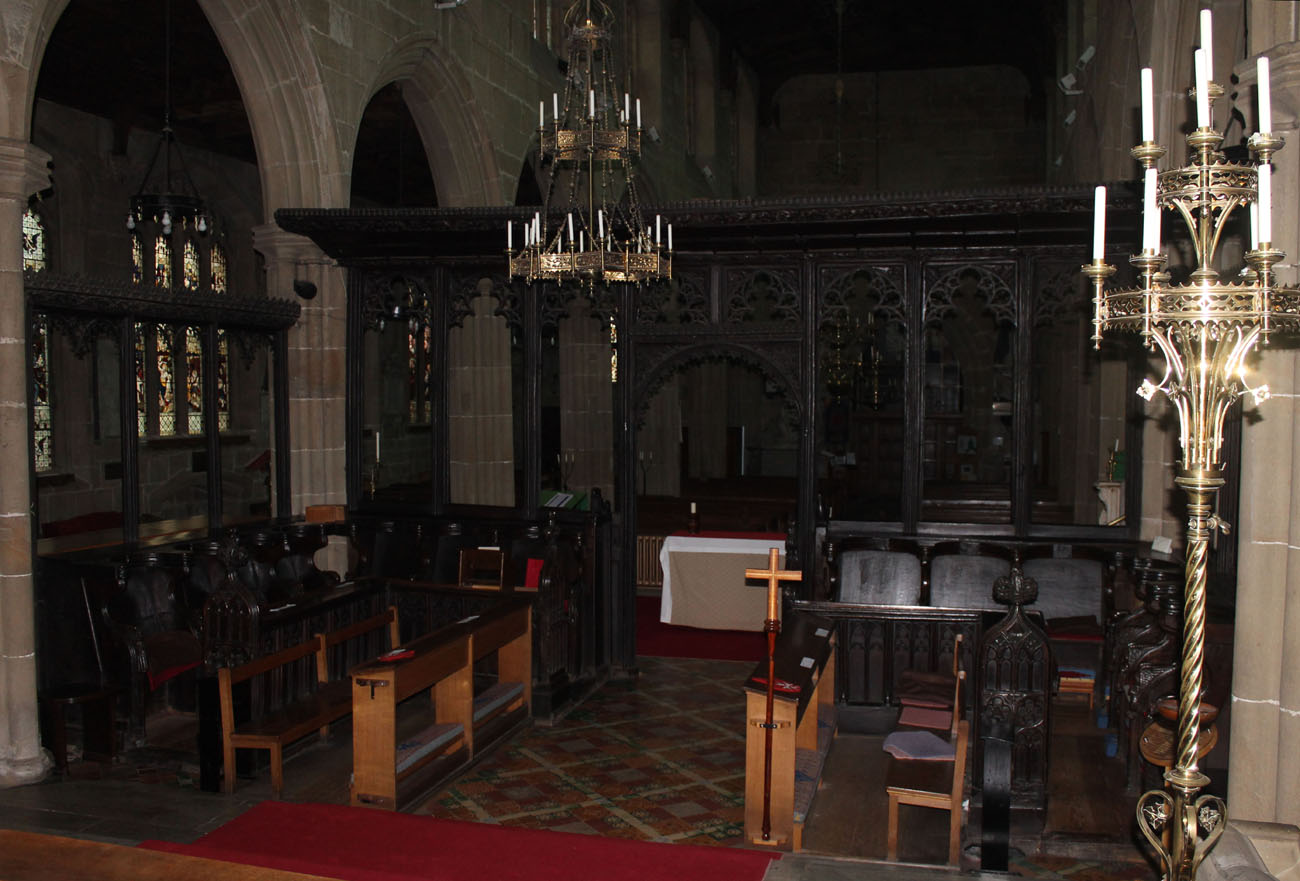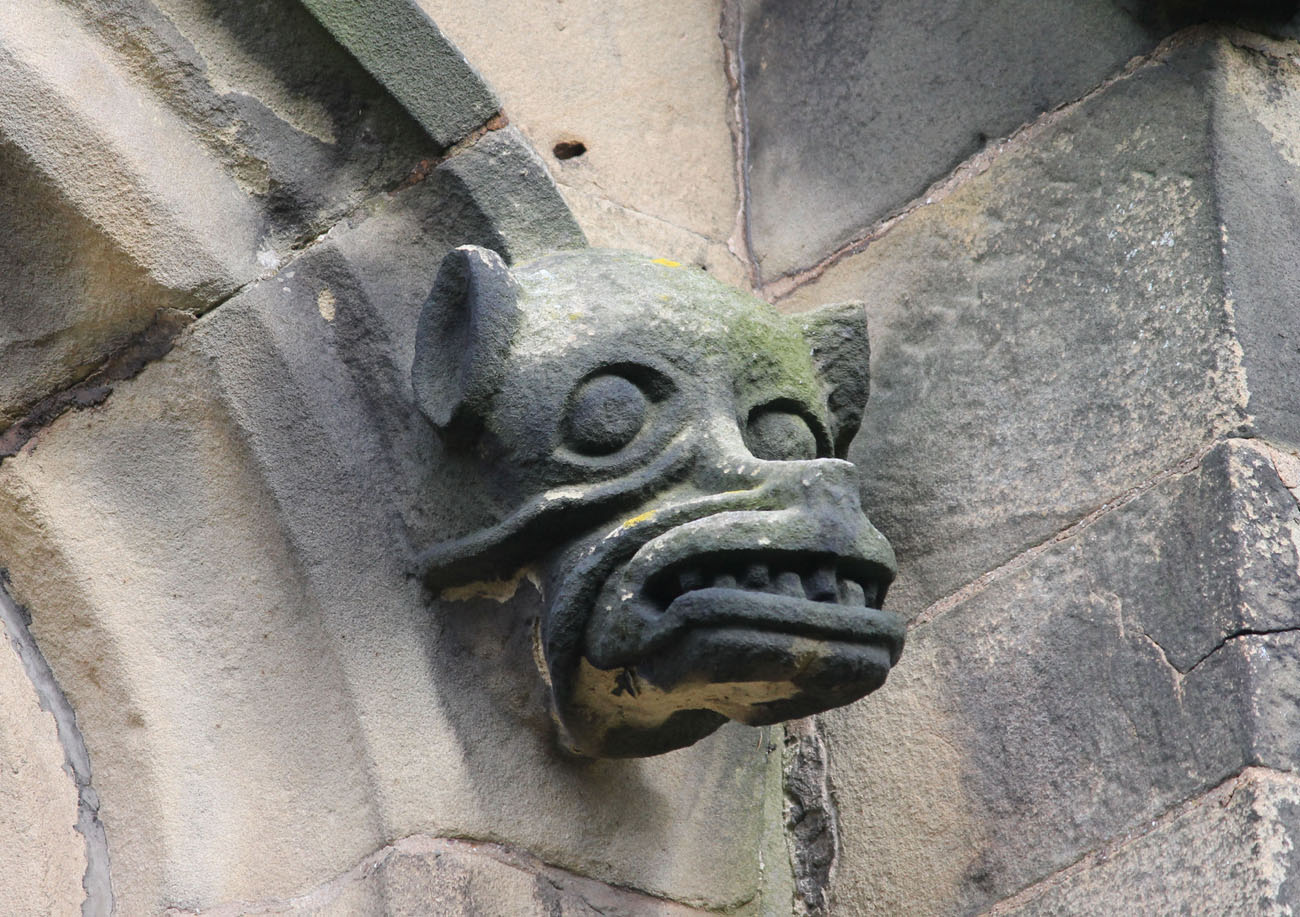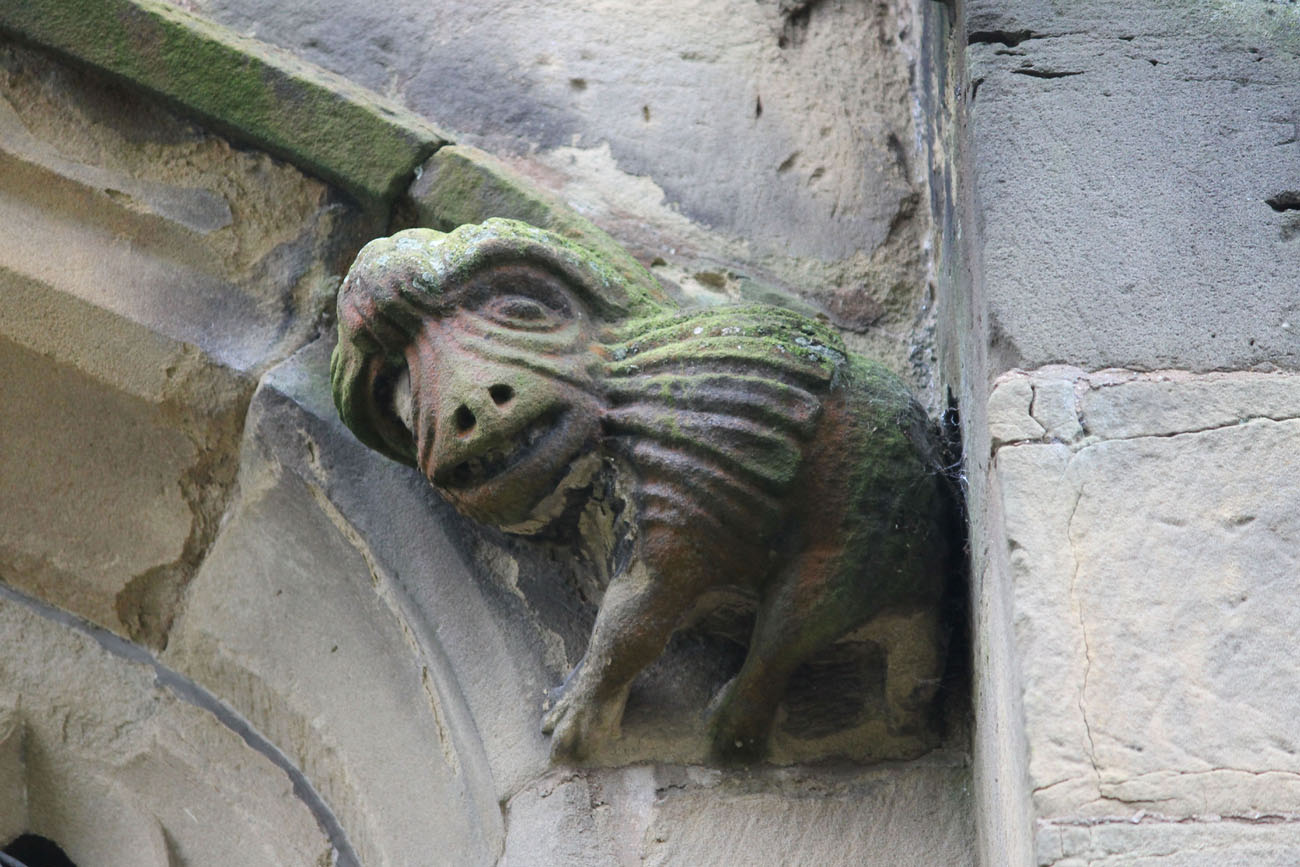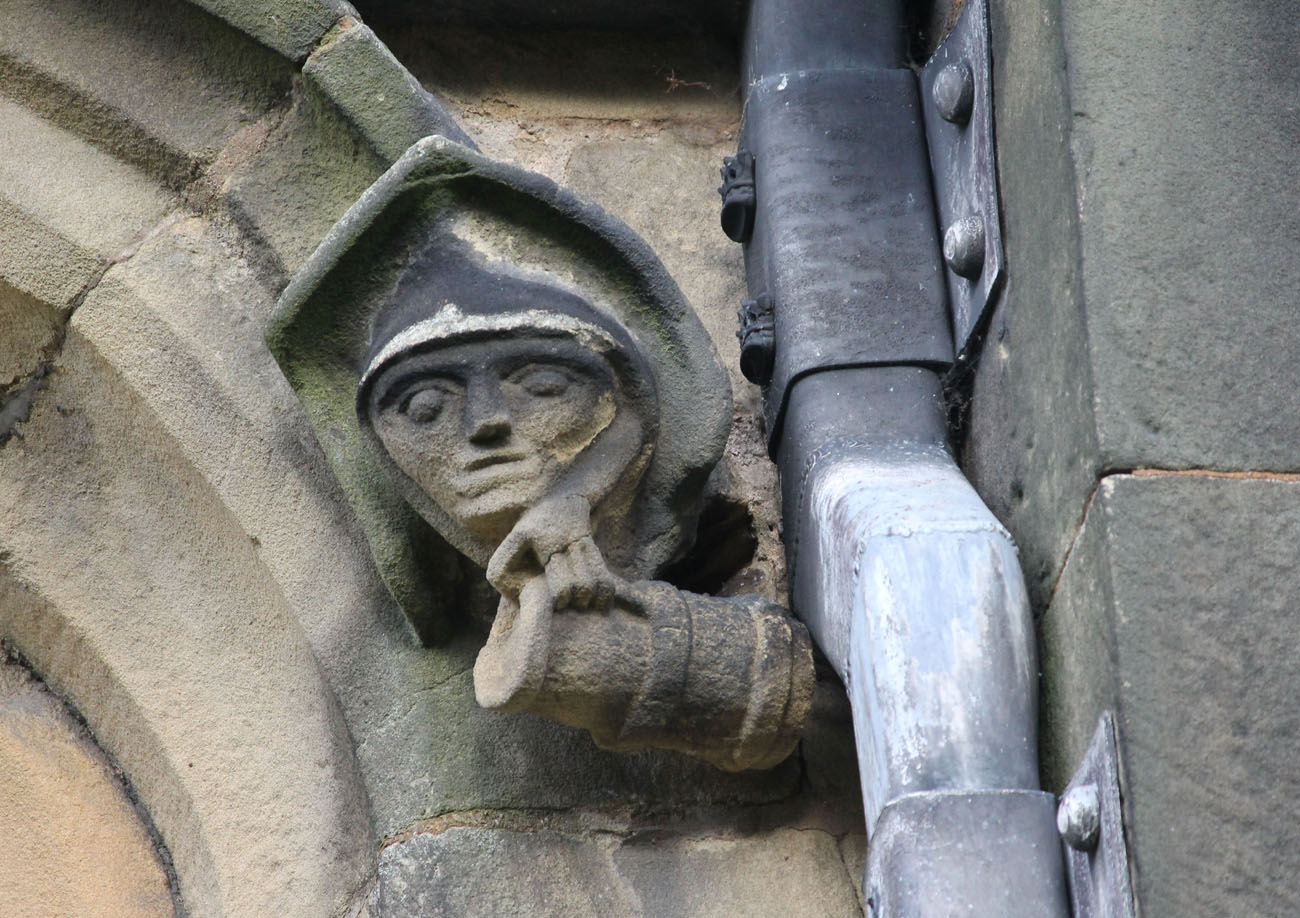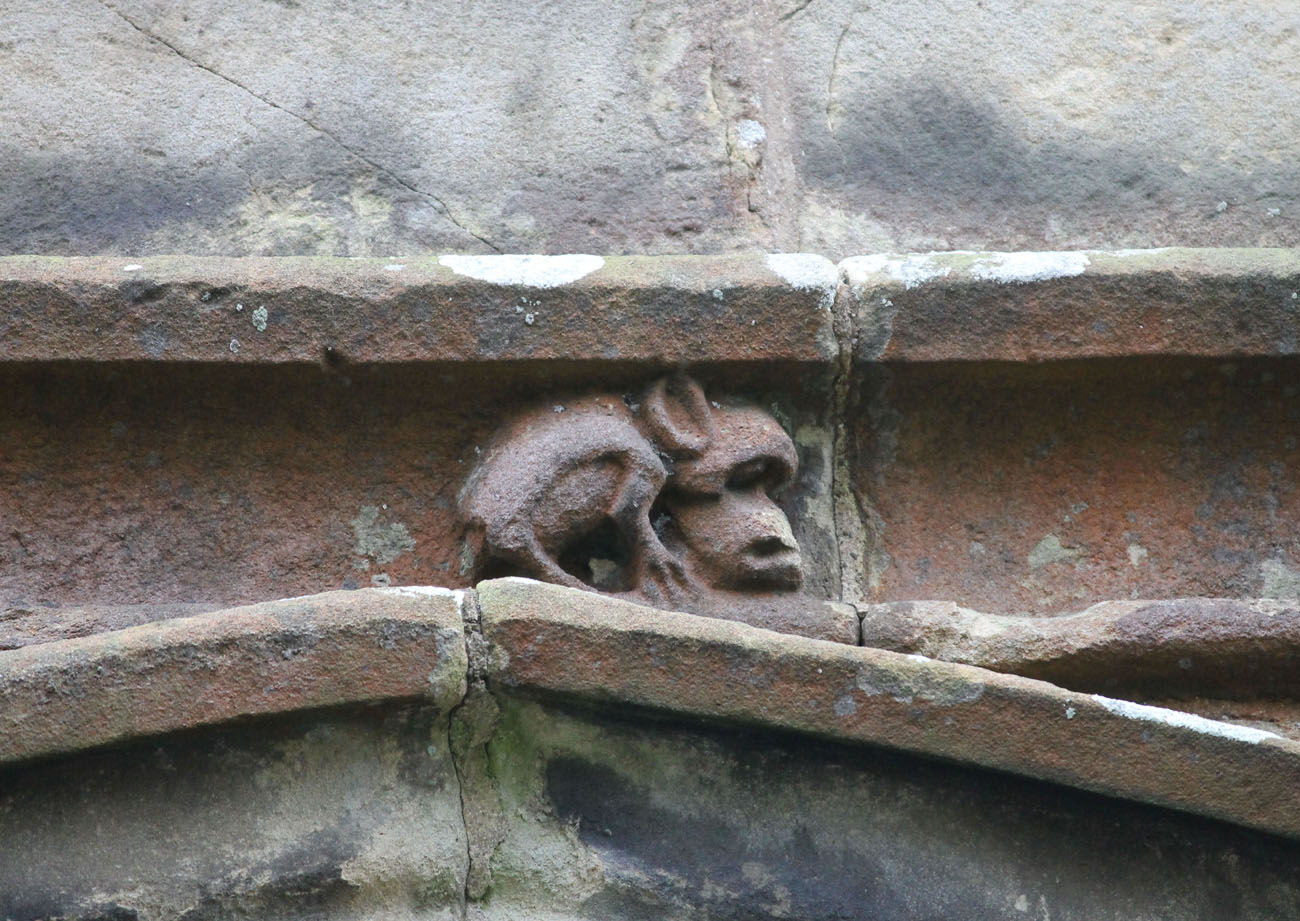History
The origins of the church of All Saints in Gresford date back to the thirteenth century (records in the Domesday Book of 1254 and 1333), however, its original shape was completely changed in the fourteenth century, and especially during the late medieval reconstruction of the fifteenth century. It is assumed that such a large and sophisticated church was created in a small village because of pilgrimage movement to an already unknown relic. Another explanation may be the support of Thomas Stanley, Earl of Derby, stepfather of king Henry VII. It is known that he founded a large window in the eastern part of the building.
Thomas Stanley’s brother, Sir William Stanley, thanks to the intervention in the Battle of Bosworth, led to the victory of Henry Tudor and gave him the throne as Henry VII. Later, however, William Stanley supported the case of Perkin Warbeck, who claimed he was one of the sons of the rightful king Edward IV, and was therefore executed. There is a tradition that the reconstruction of the church in Gresford was funded by Henry VII to show his grief for the execution, of a man who once served him. However, the execution took place in 1495, when the rebuilding of the church was almost completed.
The first major repairs of the church passed in the nineteenth century, in 1921 the north porch was added. In 1907, during the renovation works in the underground of the church, a sculptured altar from the Roman period was found, dating from around 100-350 AD
Architecture
The original silhouette of the church consisted of a nave, 5.6 meters wide, narrower than the late medieval one, and a four-sided chancel. Under the latter, thanks to the slope to the east of the area, a vaulted crypt was placed. The crypt was the same width as the chancel and had small, barred openings on the north and south sides. The original chancel probably ended at the line of the crypt. From the west, the church was equipped with a simple, low tower, which opened with an arcade towards the nave.
In the 15th century, the church was rebuilt in the Perpendicular Gothic style; only the tower and part of the walls stayed, mainly from the west side, next to the tower. The northern and southern aisles were added, the central nave was widened, and the chancel was extended to the east by 4.3 meters. The extension made possible to create another, though not vaulted crypt room under the floor, intended for the sacristy. Ultimately, a aisled basilica was built with a chancel not separated from the outside, which from the south and north were surrounded by chapels with walls equal to the walls of the aisles. In addition, the entrance in the first bay of the south aisle from the west was preceded by a 16th-century porch.
The walls of the aisles and chapels were decorated with a parapet with battlements, and seven windows on each side of the aisle were placed between small, two-step buttresses. Each window was decorated at the top with carved heads or animals, and the gutters were decorated with gargoyles in the form of monkeys or grotesque creatures. Mascarons, beasts and animals also decorated the tops of the buttresses and a band along the entire length of the aisles. Some of the stained glass windows filling the windows were moved from the dissolved Basingwerk Abbey.
The eastern wall and the tower were decorated with Gothic pinnacles, on the tower rising from high, corner, stepped buttresses and from the parapet. There were also niches in the buttresses for carved figures supported by corbels in the form of masks. While the older part of the tower was illuminated by medium-sized ogival two-light windows, the late Gothic part was pierced on each side with very large windows crowned with ogee arches, richly decorated with crockets and ball-flowers. The tower was decorated halfway up by an elaborate frieze, which at the same time distinguished the 14th-century part from the part added in the 15th / 16th century. A late-medieval addition was probably also a spiral staircase set in the thickness of the south-west corner of the tower.
Inside, the nave part was separated by moulded, pointed arcades, falling on the pillars moulded with half-shafts. These pillars were placed on the line of the outer buttresses, creating a division into six bays in each aisle and five in the central nave. The chapels were opened to the presbytery part with arcades on the west side and portals placed in the walls in the eastern part. The portals formed part of a processional way around the main altar.
Current state
The church is a remarkable example of late English Gothic. Its bells, or rather their tone and tune are included in one of the so-called The Seven Wonders of Wales, which according to tradition are the most interesting places in the country. The building still has sacral functions, but it is also open to tourists.
bibliography:
Salter M., The old parish churches of North Wales, Malvern 1993.
The Royal Commission on The Ancient and Historical Monuments and Constructions in Wales and Monmouthshire. An Inventory of the Ancient and Historical Monuments in Wales and Monmouthshire, IV County of Denbigh, London 1914.
Wooding J., Yates N., A Guide to the churches and chapels of Wales, Cardiff 2011.



